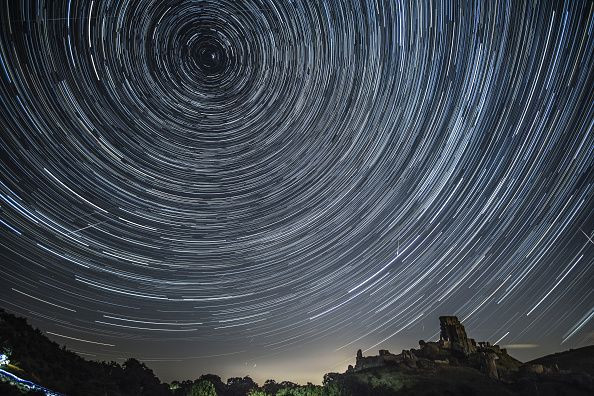Two Meteor Showers, Penumbral Lunar Eclipse: November Sky Events To Watch Out For
KEY POINTS
- November has some exciting sky events in store for sky-watchers
- The month will host the peak of two meteor showers and a penumbral lunar eclipse
- The penumbral lunar eclipse at the end of November will be the last for 2020
October has been a blast for sky-watchers but November also has some exciting things in store. Next month, there will be two meteor showers and a penumbral lunar eclipse during the full Beaver moon.
Safely watch Mercury's greatest western elongation
Major November sky events will begin well into the month with Mercury's greatest western elongation on Nov. 10. This will be the best time to view the planet because it will be at its highest point above the horizon.
But sky-watchers have to be careful because Mercury appears rather close to the sun. It's important not to view it when the sun is visible. The best time to view this event will be before sunrise, toward the eastern sky, Sea and Sky suggested.
Taurids meteor shower peak
Very soon after, it will be the time for the Northern Taurids meteor shower to shine. The meteor shower is actually already active, the American Meteor Society (AMS) said, with the annual event running from Oct. 20 to Dec. 10. But it experiences an increase in activity sometime either in late October or early November.
This year, the peak will be between the evening of Nov. 11 and the morning of Nov. 12. Although considered a minor meteor shower, producing just 5 to 10 meteors per hour, the Northern Taurids sometimes present an increase in fireball activity such as the ones in 2008 and 2015.
Whether it will have increased fireball activity this year or not, it may still be a good viewing opportunity for sky-watchers since the moon will only be 15% full and hence, its light will not be an obstruction for viewing.
Watch the sky under the New Moon
Nov. 15 will be the best day of the month for sky-watching because of the New Moon. On this evening, the moon will hardly be visible in the night sky. So it will be a great time to watch for faint objects such as galaxies, Sea and Sky said.
'Average' but bright Leonid meteors
The Leonid meteor shower will then peak on the evening of Nov. 16 and the morning of Nov. 17. Considered an average meteor shower, the Leonids typically produce up to 15 meteors per hour.
Although this year's event will likely not produce its famed outburst, the Leonids still tend to produce bright meteors with persistent trains, the AMS said.
From Halloween Blue Moon to November's penumbral lunar eclipse
If October is ending with the Halloween Blue Moon, then November will end with a penumbral lunar eclipse that will coincide with the month's full moon on Nov. 30. Called the Beaver moon because it was around this time of the year when the Native Americans set beaver traps, over 80% of the moon will be obstructed by the shadow of the Earth during the peak of the eclipse.
During the event, those in North and South America, the Pacific Ocean, Australia and parts of Asia will likely see a slightly darker full moon because of the alignment of the sun, Earth and moon.
This will be the last sky event of the month and the last penumbral lunar eclipse of the year.

© Copyright IBTimes 2024. All rights reserved.






















